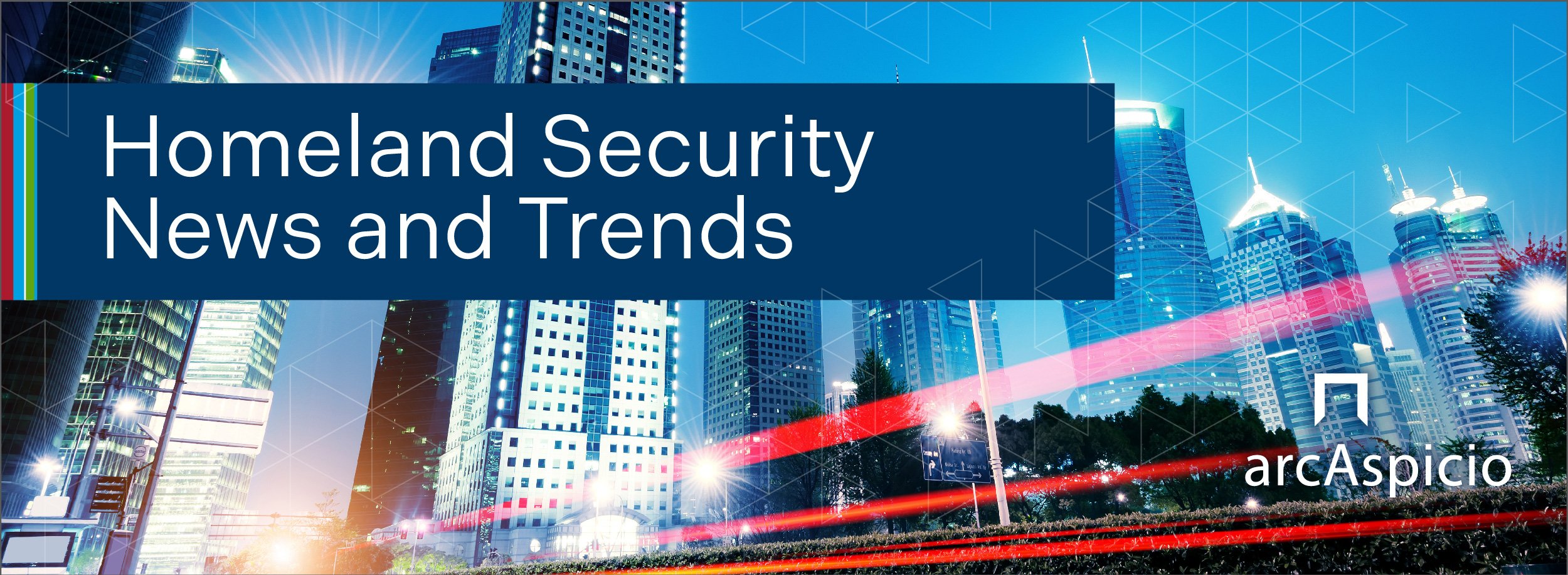
Defining the Problem is the Key to Solving the Problem
The adage of “don’t bring us problems, bring us solutions” no longer works in the complex and ever-changing world of the Government. Problems are not so simple and to solve them, stakeholders involved in problem-solving need to agree on the problem they intend to solve.
In more than 30 years of experience working with the Government, I have had the opportunity to work on some complex, almost unsolvable problems – the security of the southern border, global information sharing and biometrics to support frictionless travel, combating human trafficking using a victim-centered approach, and equity for survivors in emergency management.
These are big, complex problems. Where do you start?
Problem definition is a discipline that makes a group of collaborators first focus on defining the problem in detail. It helps break up the problem into smaller parts, defining. This insight leads a group on where to focus limited resources to begin to solve it. One of my favorite tools at the beginning of a new project is ‘question storming.’ This technique helps a diverse group of people with many perspectives generate a list of 50 questions, building on others’ ideas of the problem and taking it in many directions.
Participants are only allowed to ask questions and not comment on other questions or try to answer them. Answering them comes later. This creates an interesting dynamic where everyone really listens to the last question and offers a new question, a new path. It is incredibly inclusive because it promotes a level of listening that is rare in a traditional brainstorming session.
The list of questions can often help categories areas of the problem, which could lead to different yet integrated solutions. It allows the group to formulate an accurately worded problem, without a bias for what the solution should be. By narrowing the problem, the group can agree to begin to solve the problem in a structured way. Value Chain Analysis or issue-based problem-solving techniques can allow a team to decompose the problems and begin to iterate on potential ideas and paths for the solution.
When working with stakeholders, these techniques instill trust in the process for solving the problem – a key to ultimate buy-in for solutions.
So, let’s not rush to a solution. Let’s agree on the problem – it helps solutions come faster and from new and different perspectives. A well-written problem statement can be the silver bullet in designing an innovative and long-lasting solution to challenging problems that our governments face today. They can help agencies build trust in their process and in their solutions, and let their employees be the driving force for change.




















